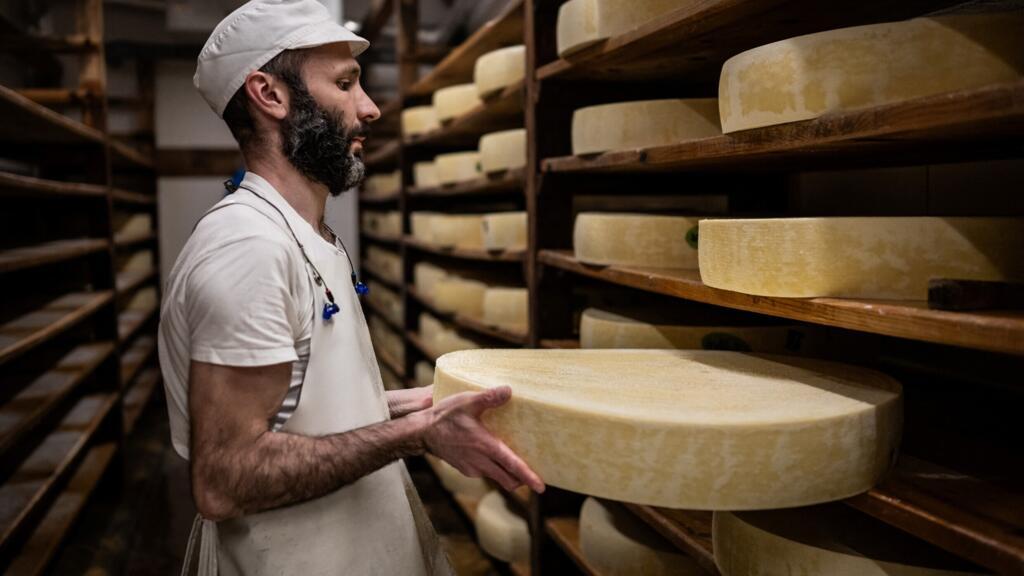Comté cheese, classified as an AOP (Appellation d'Origine Protégée) product, holds the title of the most consumed cheese in France. Its rich flavor and versatility have contributed to its popularity, not only domestically but also internationally. However, this widespread affection for Comté has raised significant concerns among environmental activists, who argue that the increasing demand for this cheese is leading to detrimental effects on the environment.
The production of Comté requires high-quality milk, which can only be sourced from the Jura plateau in eastern France. This specific region is characterized by its unique climatic and geographical conditions, which are essential for producing the milk that gives Comté its distinct flavor. However, recent reports indicate that livestock farming in this area has become increasingly intensive. This intensification is largely driven by the cheese's booming popularity, resulting in larger herds and higher production demands.
One major concern associated with this intensification is the pollution resulting from wastewater treatment processes. As more livestock are kept in the Jura plateau, there is a corresponding increase in waste production. The management of this waste, particularly in relation to wastewater treatment facilities, is proving to be a challenge. Activists have pointed out that improper management can lead to the contamination of local water sources, harming both the environment and public health.
Moreover, the ecological footprint of Comté cheese production is becoming an increasingly pressing issue. The demand for Comté, both in France and abroad, is leading to heightened agricultural practices that prioritize quantity over sustainability. Critics argue that this approach is unsustainable and can have grave consequences on local ecosystems, including soil degradation and loss of biodiversity.
Additionally, the increased usage of fertilizers and pesticides in the region to support the intensive agriculture has raised alarm. These chemicals not only impact the quality of the soil but also threaten the surrounding wildlife. The Jura plateau, known for its natural beauty and ecological significance, is at risk due to these practices.
In light of these concerns, environmental activists are calling for a re-evaluation of the practices associated with Comté production. They are advocating for more sustainable farming techniques that prioritize animal welfare and environmental protection. The goal is to ensure that Comté can be enjoyed without compromising the health of the Jura plateau and its ecosystems.
Despite the protests and the push for change, the demand for Comté continues to grow. The cheese's popularity is not only a boon for local economies but also presents a dilemma: how to balance economic benefits with environmental responsibility. As both consumers and producers grapple with these issues, there is a pressing need for dialogue and solutions that address both the desire for high-quality Comté and the imperative to protect the environment.
In conclusion, while Comté cheese remains a staple in French cuisine and a beloved product worldwide, its production is causing considerable environmental strain. Efforts to find a sustainable path forward are essential in ensuring that future generations can continue to enjoy this iconic cheese without damaging the invaluable ecosystems of the Jura plateau.












